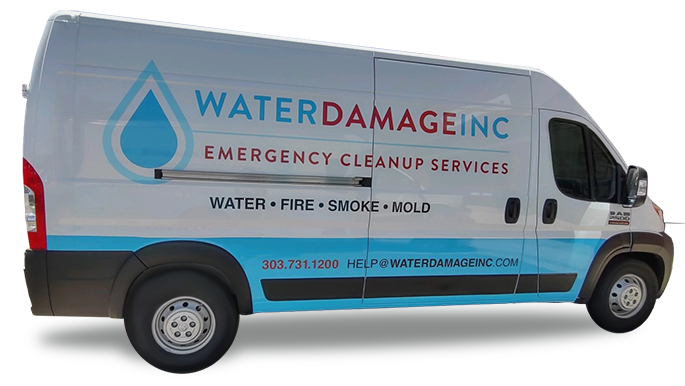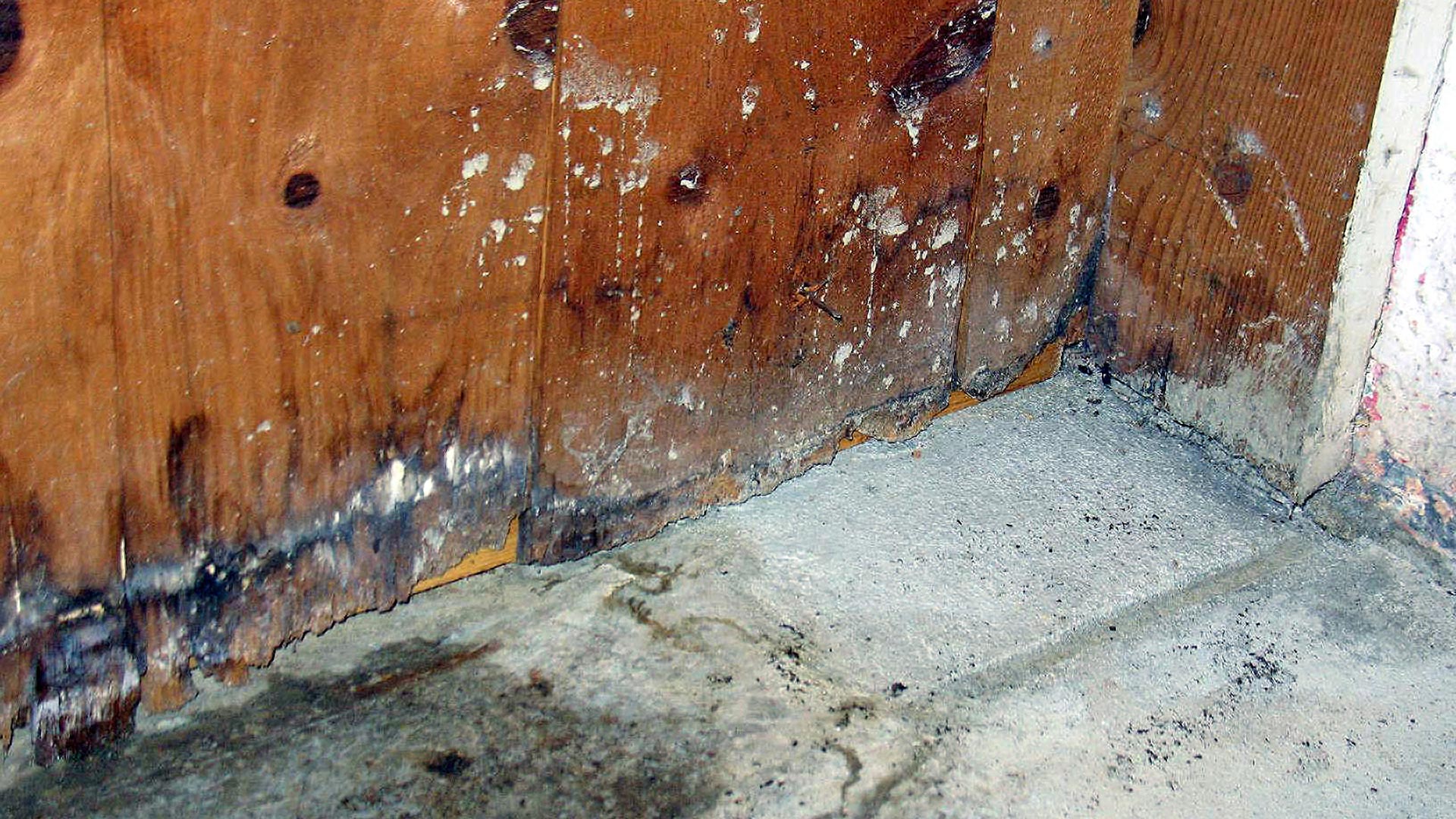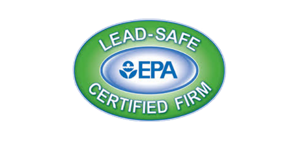Ever thought about the dangers hiding behind your walls after a flood or leak? Mold loves moist, dark places and can grow in just 24-48 hours after water hits. This sneaky problem often stays hidden, but it’s a big health risk, especially toxic black mold, known as Stachybotrys chartarum.
Finding mold inside walls early is key for your home’s safety and your family’s health. Let’s explore the best ways to detect mold and how to find it before it causes trouble.
Common Signs of Mold Development
Finding mold behind walls is key to a healthy home. Visible mold spores on surfaces are a clear sign. These dark spots often appear in damp places like bathrooms and basements. Musty smells can also indicate mold, especially if they smell like rotten meat or sweaty socks.
Warped walls and squishy floors can also point to mold. Homes with past flooding are more likely to have mold. It’s important to check closed-off spaces carefully.
Unexplained health issues like allergies or itchy skin might mean mold is present. These problems often get better when you’re away from the affected area. This suggests mold is the cause.
Mold can look like green slime or grey fuzz. Black mold, found in humid areas, is especially dangerous. It can cause breathing problems and worsen asthma or COPD.
Bathrooms and kitchens are mold hotspots due to poor air flow. Dark grout and excess moisture on walls and windows are signs. Good ventilation is crucial to stop mold.
HVAC systems can also show mold. Musty smells or dark spots on filters mean mold is likely. Fixing leaks and flooding quickly helps avoid black mold.
Preventing mold is important. Use proper ventilation, check for leaks, and keep things dry. Mold behind walls can damage buildings in 40% of cases. Early detection and action are key to keeping homes safe and healthy.
How to Tell if Mold is Behind Walls?
Finding hidden mold in walls is key to a healthy home. Look for a musty smell, like wet cardboard or an old basement. This smell often means mold is present.
Mold inspection tools, like moisture meters, are also helpful. These tools measure wall moisture, showing where mold might grow. High moisture levels can mean mold is on its way.
Professional mold removal companies use infrared imaging. This method finds cool, damp spots in walls where mold likes to grow.
Want to check for mold yourself? Look for black, green, or brown spots on walls, drywall, or baseboards. Mold often hides in walls but shows up in patches on surfaces.
For a detailed look, you can cut into a wall to see mold. This method is invasive but shows how much mold is there. Swab testing and air mold sampling are also good options.
Mold in walls can be very harmful. It can cause breathing problems, asthma, and lung diseases. People with weak immune systems, babies, and the elderly are especially at risk. The CDC and EPA have lots of info on mold and its dangers.
For the best results, get professionals to inspect and remove mold. They use special tools and methods. They also suggest ways to prevent mold from coming back, like using special paints.
Conclusion
Mold growth behind walls is a big problem for your home and health. It needs quick and effective action. Cold and damp weather is perfect for mold to grow, especially in moist spots in your house.
Spotting mold early can prevent damage and health issues. Look out for a musty smell, blistered paint, lumpy attic insulation, and dark spots on walls.
Regular checks, especially after heavy rain or floods, are important. Look for water damage or soft floors, signs of hidden mold. Visual checks and tools like moisture meters help find mold early. But, removing a wall part is the best way to confirm mold.
Stopping mold before it starts is key. Keep humidity low, fix leaks fast, and improve air flow. Use mold-resistant materials during repairs. In bathrooms, good air flow is crucial to avoid mold.
If you think you have mold, get help from experts like Water Damage Inc. They can safely remove mold. Taking action early and getting professional help is the best way to protect your home.






















